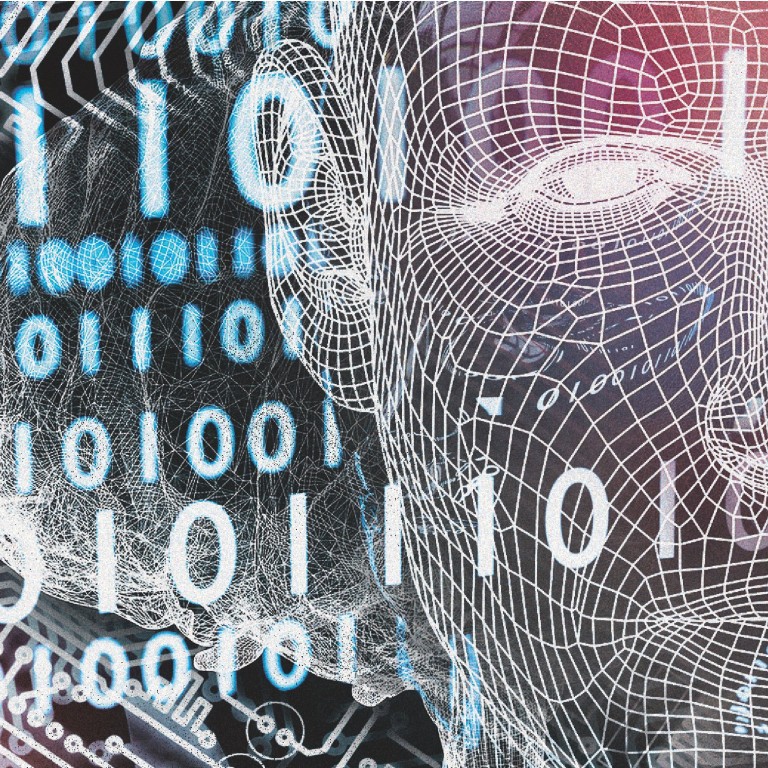
Rise of the super-smart flirtatious machine
Development of more sophisticated software could soon herald machines that can use common sense, talk naturally and even flirt with their owners
Computers will have developed "common sense" within a decade and we could be counting them among our friends not long afterwards, one of the world's leading AI scientists predicts.
Professor Geoff Hinton, who was hired by Google two years ago to help develop intelligent operating systems, said the company was on the brink of developing algorithms with the capacity for logic, natural conversation and even flirtation.
He said Google was working on a new algorithm designed to encode thoughts as sequences of numbers - something he described as "thought vectors".
Although work was at an early stage, he said there was a plausible path from the current software to a more sophisticated version with something approaching human-like capacity for reasoning and logic. "Basically, they'll have common sense."
The idea that thoughts can be captured and distilled down to cold sequences of digits is controversial, Hinton said. "There'll be a lot of people who argue against it, who say you can't capture a thought like that. But there's no reason why not. I think you can capture a thought by a vector."
Hinton believes the "thought vector" approach will help crack two of the central challenges in artificial intelligence: mastering natural, conversational language, and the ability to make leaps of logic.
He painted a picture of the near-future in which people will chat with their computers, not only to extract information, but for fun - reminiscent of the film , in which Joaquin Phoenix falls in love with his intelligent operating system.
"It's not that far-fetched," Hinton said. "I don't see why it shouldn't be like a friend. I don't see why you shouldn't grow quite attached to them."
Richard Socher, an artificial intelligence scientist at Stanford University, recently developed a program called NaSent that he taught to recognise human sentiment by training it on 12,000 sentences taken from the film review website Rotten Tomatoes.
Part of the initial motivation for developing "thought vectors" was to improve translation software, such as Google Translate, which uses dictionaries to translate individual words and searches through previously translated documents to find typical translations for phrases. Although these methods often provide the rough meaning, they are prone to delivering nonsense and dubious grammar.
Thought vectors, Hinton explained, work at a higher level by extracting something closer to actual meaning.
The technique works by ascribing each word a set of numbers (or vector) that define its position in a theoretical "meaning space" or cloud. A sentence can be looked at as a path between these words, which can in turn be distilled down to its own set of numbers, or thought vector.
The key is working out which numbers to assign each word in a language - this is where deep learning comes in. Initially the positions of words within each cloud are ordered at random and the translation algorithm begins training on a dataset of translated sentences.
At first the translations it produces are nonsense, but a feedback loop provides an error signal that allows the position of each word to be refined until eventually the positions of words in the cloud captures the way humans use them - effectively a map of their meanings.
Hinton said that the idea that language can be deconstructed with almost mathematical precision is surprising, but true. "If you take the vector for Paris and subtract the vector for France and add Italy, you get Rome," he said.
Dr Hermann Hauser, a Cambridge computer scientist and entrepreneur, said that Hinton and others could be on the way to solving what programmers call the "genie problem".
"With machines at the moment, you get exactly what you wished for," Hauser said. "The problem is we're not very good at wishing for the right thing. When you look at humans, the recognition of individual words isn't particularly impressive, the important bit is figuring out what the guy wants."
Some aspects of communication are likely to prove more challenging, Hinton predicted. "Irony is going to be hard to get," he said. "But then, Americans don't get irony either. Computers are going to reach the level of Americans before Brits."
A flirtatious program "probably wouldn't be subtly flirtatious to begin with, but it would be capable of saying borderline politically incorrect phrases", he said.
Many of the recent advances in AI have sprung from the field of deep learning, which Hinton has been working on since the 1980s. At its core is the idea that computer programs learn how to carry out tasks by training on huge datasets, rather than being taught a set of inflexible rules.
With the advent of huge datasets and powerful processors, the approach pioneered by Hinton has come into the ascendency.

